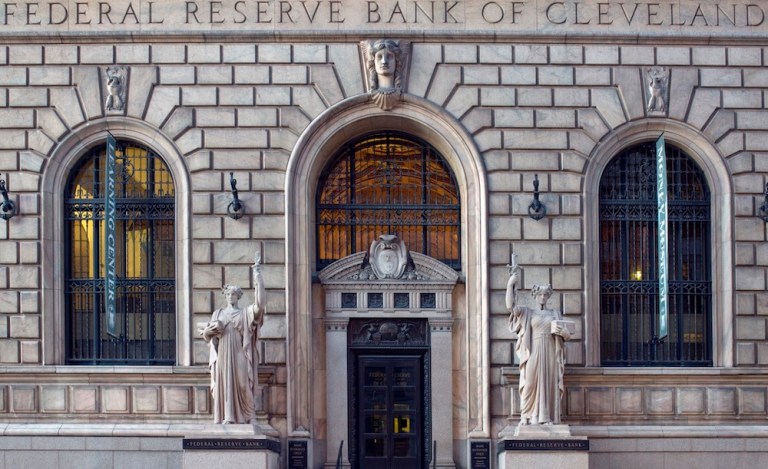
A longtime Goldman Sachs executive is the Federal Reserve Bank of Cleveland’s new leader.
Beth Hammack, co-head of global finance at Goldman, has been named the Cleveland Fed’s new president and CEO, the central bank announced Wednesday (May 29).
In addition to leading the Cleveland Fed’s 1,100 employees, Hammock will also represent the Fourth Federal Reserve District on the Federal Open Market Committee in the formulation of American monetary policy.
“Beth has a deep understanding of financial markets and the monetary policy transmission process, expertise in leading complex business lines and a proven commitment to mission-focused work,” said Heidi Gartland, chair of the search committee for the president and the Cleveland Fed’s board of directors.
“Her appreciation for the diversity, history and natural beauty of the Fourth District stood out during the interview process, as did her enthusiasm to make the region her home.”
Hammack has spent more than 30 years in the finance, capital markets and risk management space and has served on several advisory groups to the U.S. Department of the Treasury and the financial industry.
She joined Goldman in 1993 as a capital markets analyst, rising through the ranks to become managing director in 2003 and partner in 2010. She succeeds Loretta J. Mester, whose tenure with the Fed will conclude on June 30, 2024.
Also Wednesday, the Fed released findings from its May 2024 Beige Book, showing slight or modest economic growth in 10 of its 12 districts. (Boston and San Francisco reported no change in activity.)
“Retail spending was flat to up slightly, reflecting lower discretionary spending and heightened price sensitivity among consumers,” the Fed said in the summary.
Demand for travel and tourism, non financial services, and the services of nonprofits and community organizations all climbed during the timeframe covered by the report. Auto sales were flat, and some districts said manufacturers were offering incentives.
“Tight credit standards and high interest rates continue to constrain lending growth,” the Fed said in the summary.
In another recent study, the Fed found that higher prices have made financial situations “worse” for approximately two-thirds of American households.
The Fed’s data found that inflation is still the “top” financial concern, in spite of the inflation rate’s drop from past levels.
There are also signs that spending is outpacing take-home pay. The study said that 34% of consumers reported that their monthly income had risen in 2023 vs. 2022, while 38% said that their monthly spending had gone up.